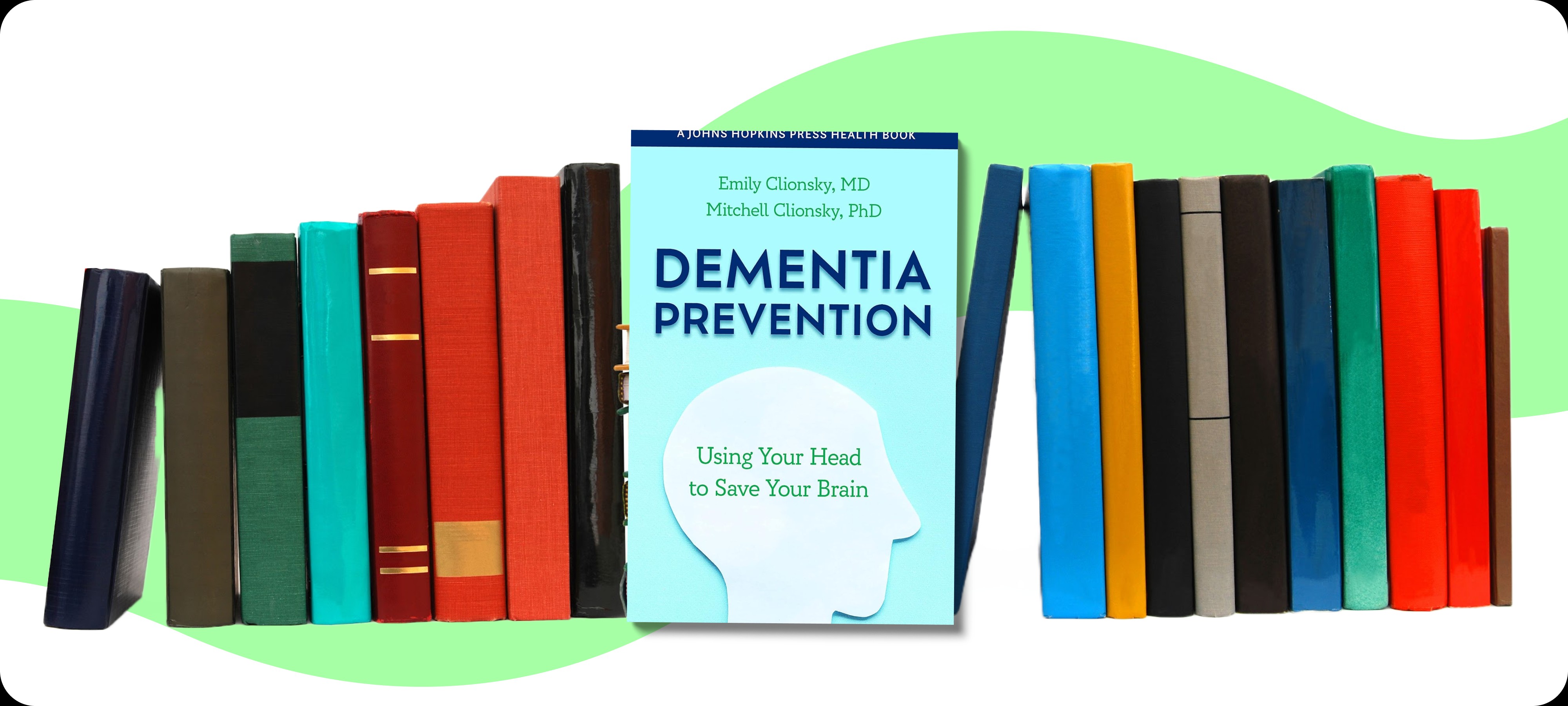In the ever-evolving realm of human health science, we are currently witnessing a remarkable revolution. At the intersection of groundbreaking discoveries and cutting-edge technology, this revolution holds the promise of unveiling the deepest mysteries of our bodies.
In this review, we delve into a captivating work by Daniel M. Davis The Secret Body. The book navigates this transformative landscape, exploring recent breakthroughs in biology and technology. Join us as we uncover the key insights within its pages, discussing its strengths and where it leaves readers craving for more.
Author’s background

Daniel M. Davis is a distinguished Professor of Immunology at the University of Manchester and an accomplished author.

His work has garnered significant recognition, including being shortlisted for the 2018 Royal Society Science Book Prize for The Beautiful Cure and having The Compatibility Gene longlisted for the 2014 Royal Society Science Book Prize and shortlisted for the Society of Biology Book Prize. Daniel’s groundbreaking research employs super-resolution microscopy to investigate the immune system, earning it a spot in Discover magazine’s top 100 breakthroughs of the year. He has an extensive academic track record, having authored over 140 academic papers with more than 13,000 collective citations.
What is the book about?

The Secret Body by Daniel M. Davis is a captivating exploration of the latest breakthroughs in human biology that hold immense significance for our future. In this book, Davis delves into six pivotal frontiers of human biology, shedding light on the remarkable discoveries and advancements that are reshaping our understanding and potential impact on our lives. While reading, you will learn the following:
Microscopy advancements: Explore cell details and activities through advancements in microscopy, including GFP and laser technology.
Embryo studies and IVF: Discover the latest in embryo studies and technologies like PGD and CRISPR used in IVF.
Cytometry journey: Trace the development of cytometry technology for cell counting, from flow cytometry to mass cytometry, and its role in the Human Cell Atlas Project.
Brain neuroscience: Dive into neuroscience, featuring technologies like Brainbow and Optogenetics for understanding brain functions and neural networks.
Human microbiome: Gain insights into the human microbiome, specifically gut bacteria, and how factors like diet and nutrition influence its composition. Explore microbiome-based treatments, including faecal transplantation.
Table of contents

- Introduction
- 1. Super-resolution Cells
- 2. The Start of Us
- 3. A Force for Healing
- 4. The Multi-coloured Brain
- 5. The Others Within
- 6. Overarching Codes
- 7. What it all Means
- Acknowledgements
- Notes
- Index
Three key takeaways from The Secret Body

1Progress in genetic science provides us with more information about health and risk factors
The quest to understand the role of genetics in shaping human character traits like intelligence has proven more complex than anticipated. Instead of finding straightforward genetic determinants for traits like intelligence, researchers have discovered that these attributes are influenced by numerous small genetic variations. This complexity has made genetic interventions in humans, such as selecting embryos for specific traits, increasingly challenging, as altering one trait might inadvertently affect others.
In contrast to character traits, genetic science has made significant progress in the field of cancer treatment. Genetic testing has enabled individuals, like Angelina Jolie, who have a high risk of developing cancer due to specific genetic mutations like BRCA1, to make informed decisions about risk-reduction surgeries and tailored treatments. Genetic analysis of cancer cells has also opened new possibilities for early cancer detection and personalised cancer therapies. Researchers are exploring various methods, including analysing circulating DNA, cell-free genetic material, and the gut microbiome, to detect signs of cancer before it fully develops.
2IVF, embryo research, and ethical dilemmas
In vitro fertilisation (IVF) has played a pivotal role in understanding early human development. The first successful human IVF pregnancy occurred in the UK in 1978, thanks to the pioneering work of scientists like Robert Edwards, Patrick Steptoe, Jean Purdy, and the first ‘test-tube’ baby, Louise Brown. However, this groundbreaking achievement was met with significant ethical and scientific controversy, with concerns about the potential risks and moral implications. The UK’s Warnock Report in 1984 recommended a 14-day limit on growing human embryos outside the womb, a guideline that has been adopted by several countries.
Recent advances in embryo research, such as the work of Magdalena Zernicka-Goetz and Ali Brivanlou, have pushed the boundaries of this limit by enabling human embryos to survive and develop in lab conditions beyond the 14-day threshold. This achievement has opened new possibilities for studying early human development. Researchers are now grappling with the ethical and societal questions surrounding how long embryos should be cultured outside the womb and the implications of this research for our understanding of human life and reproduction. These developments in IVF and embryo research continue to spark debates about the limits of science and ethics in the context of human life.
3Fecal microbiota transplantation has great healing potential
A faecal transplant, despite its seemingly unconventional nature, has emerged as an effective treatment for recurrent gut infections caused by the bacterium Clostridioides difficile (C. diff). The procedure involves collecting a stool sample from a healthy donor, processing it to ensure it’s free of infections and parasites, and then transferring it to the patient’s gut. Various methods can be employed, including delivering the transplant through a colonoscope or packaging the faeces into capsules for rectal or oral administration.
C. diff infections, particularly antibiotic-resistant strains, can pose life-threatening risks, making faecal transplants a valuable treatment option. Although the procedure carries some risks, such as contamination and infections from donor material, it has proven highly successful in clinical trials for treating C. diff infections. However, the potential applications of faecal transplantation extend beyond infections, with ongoing research exploring its effectiveness in treating autoimmune diseases, psychiatric conditions, and other illnesses. To harness the full potential of microbiome-based treatments, scientists are investigating ways to standardise and refine the process and are considering novel approaches like microbiome manipulation through probiotics or innovative environmental interventions.
Strengths and weaknesses, according to readers’ reviews

Strengths
Provides a captivating exploration of recent breakthroughs in biology and technology.
Offers a comprehensive and easy-to-follow explanation of complex concepts, making it accessible to a wide range of readers.
Weaknesses
A significant portion of the chapters is devoted to the history and technical aspects of the technologies used in biological research, potentially diverting from a comprehensive exploration of human biology.
Best quotes from The Secret Body

“Amazingly, one of them started to develop. As this human embryo continued to live past eight days, it dawned on Zernicka-Goetz and her team that, because nobody had ever seen a living human embryo in a lab dish past this point, they had no way of knowing if what they were about to witness would be anything like what happens in the womb. By day 11, however, the embryo began to self-organise, and looked similar to what was shown in textbooks based on earlier studies of samples collected from operations.”
“A one-year-old child has a brain with about twice as many synapses as an adult. It’s as if we begin life with a brain which wires up indiscriminately and then simplifies down to what’s actually needed. In other words, the removal of a large number of synapses tunes the brain to suit our experiences. This suggests that at least some of our experiences shape the wiring diagram of the brain significantly, not subtly – which fits the idea that ‘riding a bike’ will be somewhere in a brain’s connectome.”
Final takeaway

The Secret Body by Daniel M. Davis offers a captivating exploration of recent breakthroughs in biology and technology that are reshaping our understanding of the human body and its potential impact on our lives. Davis’s ability to explain complex concepts in an accessible manner makes this book suitable for a wide range of readers, regardless of their scientific background. It provides valuable insights into the complexities of genetics, advancements in cancer treatment, ethical dilemmas in IVF and embryo research, and the healing potential of faecal microbiota transplantation.
Overall, The Secret Body is recommended for anyone interested in the fascinating intersections of biology and technology that are shaping our future understanding of the human body.
Where to buy
You may purchase The Secret Body on Amazon at the best price. It is available in paperback, hardcover, audio and Kindle versions, so you may choose an option that appeals to you the most.
Receive Exclusive Tips & Weekly Digest – subscribe to our newsletter







